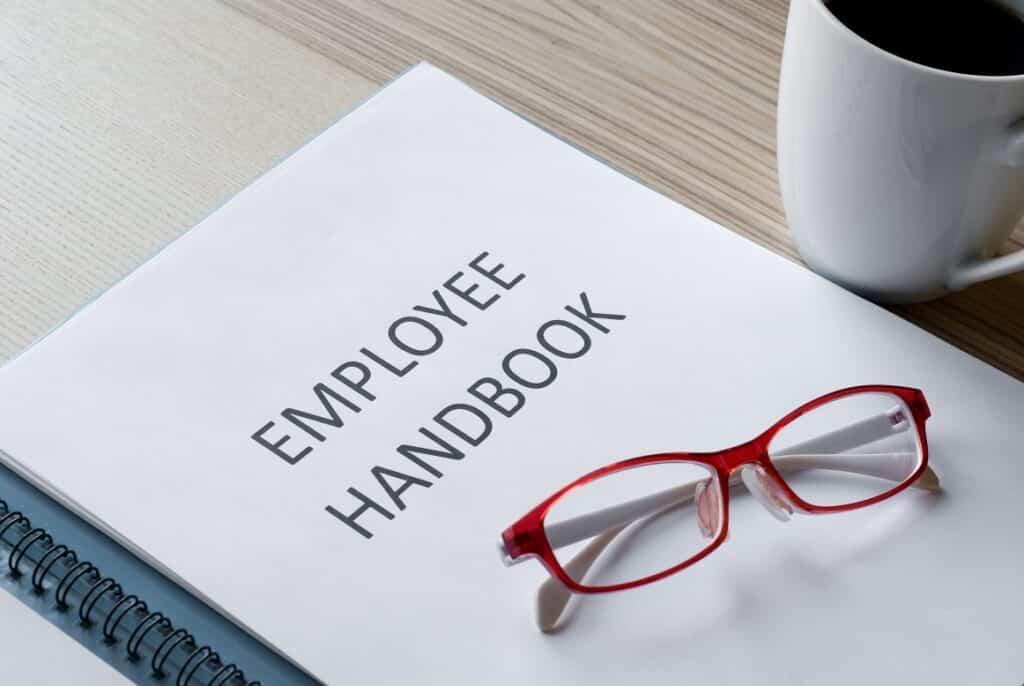
When you need to provide guidance and a regular reference point for your customers or employees, it’s time to create a high-quality manual or handbook. Many businesses give these items to their new workers during their first days on the job or to their customers when a product or service has many details to understand. But when you want to print one for your business, it’s important you fully understand its intended purpose and how it should be made. Print manuals and handbooks for businesses address many specific needs, including but not limited to:
- Procedure and Policy Manuals
- Equipment, Assembly, and Operations Manuals
- Training Instructions Manuals
- Employee Guidelines Handbooks
- Technical and Repair Manuals
- Field Guides and Reference Manuals
Binding Styles for Manuals and Handbooks
The type of binding you choose for your manual or handbook depends on a range of factors. For instance, if you are printing a PC repair manual that has hundreds of pages, you may want to choose a perfect binding method. Alternatively, if your manual has fewer than 60 pages, you might choose a saddle stitch binding. For far fewer pages, such as 10 or less, you may simply want to print one large sheet and fold it into separate panels, saving you the costs for binding altogether.
If the content in your manual will change frequently – as is the case with employee handbooks or store policies – you may want to choose a binding style that allows for easy page removal and replacement. This can be as simple as having your pages hole-punched and placed into a 3-ring binder.
The Importance of Color
If your manual or handbook is designed to convey information rather than directly promote your business, you may be able to simply print it in black and white. After all, if it is only used within your organization and not seen by customers, you can save a significant amount of money by not going overboard on color ink.
Keep in mind, though, that many print manuals and handbooks for businesses need illustrations or images that detail specific actions of a service or elements of a product. If these are not in full color, some detail may be lost and the critical information may not be conveyed accurately. If this could lead to confusion or accidents, you may want to go ahead and opt for color printing to be on the safe side.
Consider Frequency of Use
If the printed handbook or manual will only be used once or twice (such as an instruction or assembly manual) the materials involved in the printing process may not matter as much. After all, these are likely to be stored or discarded quickly after use and there’s no need to go overboard on their design.
On the contrary, if your document may be used on a daily basis for weeks, months, or years to come, it’s important to print it on quality paper with quality ink. If that manual or handbook will be used in extreme conditions (industrial settings, agriculture, or other dirty jobs), you may want to have the pages laminated. Lamination is an excellent way to ensure your manual or handbook lasts far into the future despite the harsh environments it’ll be used in.
Choose an Expert Commercial Printing Company
If you’re ready to learn more about printing manuals and handbooks for your business, the team at Linemark can help you determine the right design choices for your project. Then, we can walk you through every step of the process to creating a high-quality item that perfectly suits the needs of your customers and employees.
For more information on our commercial printing and binding services, contact Linemark today.

 06/13/2022
06/13/2022  Aaron Dunn
Aaron Dunn


